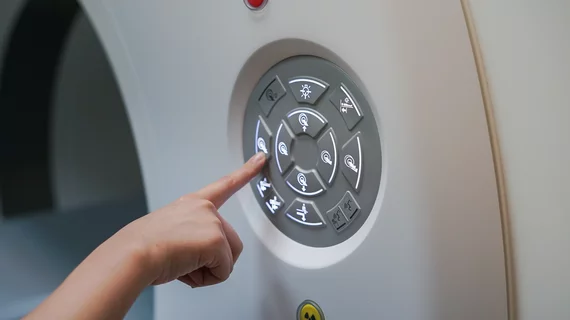Quantitative differences in PET/CT protocols ‘concerning,’ researchers find
Standardizing protocols for preclinical PET/CT imaging can help translate research findings to the clinical setting, according to a study published Sept. 27 in the Journal of Nuclear Medicine.
“Today preclinical PET/CT is a pivotal quantitative imaging research tool supporting innovative research in areas such as disease diagnosis, prognosis and in the development of novel radiotracers and pharmaceuticals,” Wendy McDougald, with Edinburgh Imaging at the University of Edinburgh, UK, and colleagues wrote. “Yet, standardization in preclinical PET/CT imaging remains essentially non-existent.”
In fact, after McDougald et al. assessed the variability in PET/CT acquisition and reconstruction protocols used across five different scanners in Europe and the U.S., they found the quantitative differences “concerning.”
The researchers used seven different PET/CT phantoms to evaluate biases in default/general scanner protocols. One example of protocol discrepancy was the variation in recovery coefficients (RCs) used in reconstruction protocols. RCs can impact standard uptake value (SUV) measurements and varied across both different protocols used for a single scanner and in modalities used across imaging settings.
McDougald and colleagues also found significant variation in Hounsfield Units (HUs) and CT absorbed dose across multiple protocols.
While there is “unfortunately” no single solution to fit all scanners, the researchers did suggest using some specific standardized protocols.
Deploying a combined protocol using filtered back projection (FBP) and ordered subset expectation maximization (OSEM)—instead of maximum likelihood expectation maximization (MLEM)—offers more accurate and precise quantitative information related to RCs and SUVs, McDougald et al. wrote.
The authors went on to say “the combined approach will also retain suitable image quality for better delineation of small organs and structures in preclinical animal species. Therefore, we recommend (volumes of interest) VOIs are drawn on the reconstructed OSEM image for better location/orientation then applied on the FBP image for accurate quantification.”
Additionally, to improve the quantification of HU values, the researchers recommended standard CT protocol sets tube voltage at 50 kVp for 300 ms with 360 projections. Correct calibration of HU values at different tube voltages, the authors noted, must be done to avoid “intervention from the scanner manufacturer.”
“Empirical PET and CT quantitative data variability reduces when standardized protocols are used. Adopting the suggested standardized protocol establishes continuity, allowing for diagnostic and therapeutic agents to be developed and tested across imaging platforms with consistency,” the team wrote. “Adhering to standardized protocols generates reproducible and consistent preclinical imaging datasets, thus augmenting translation of research findings to the clinic.”

